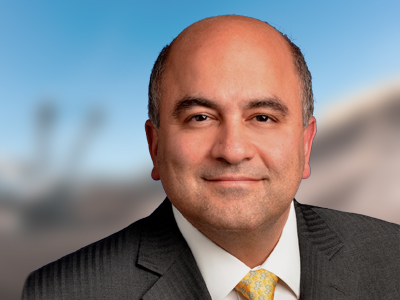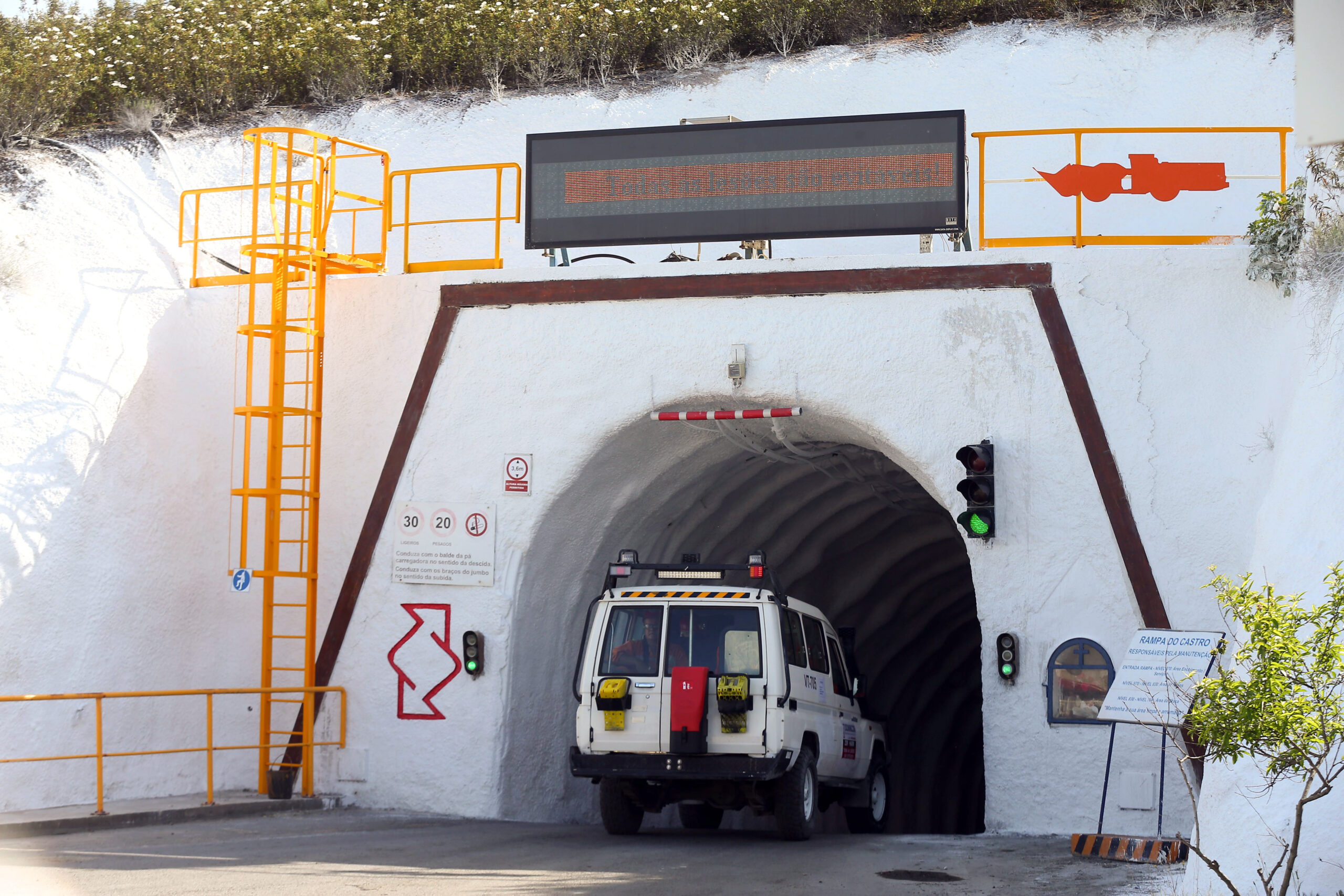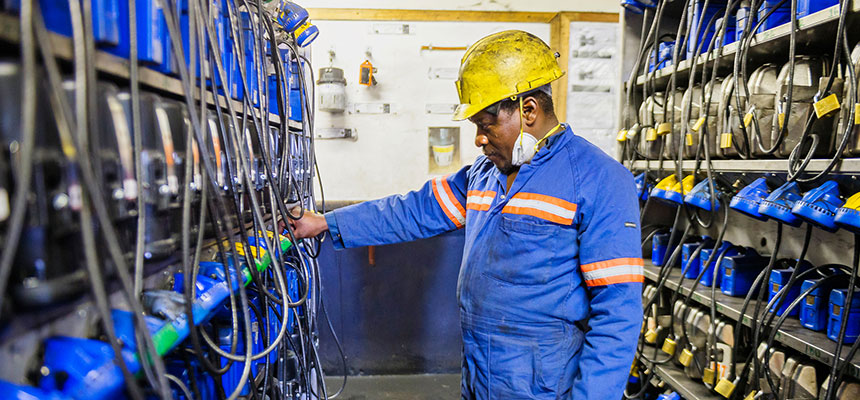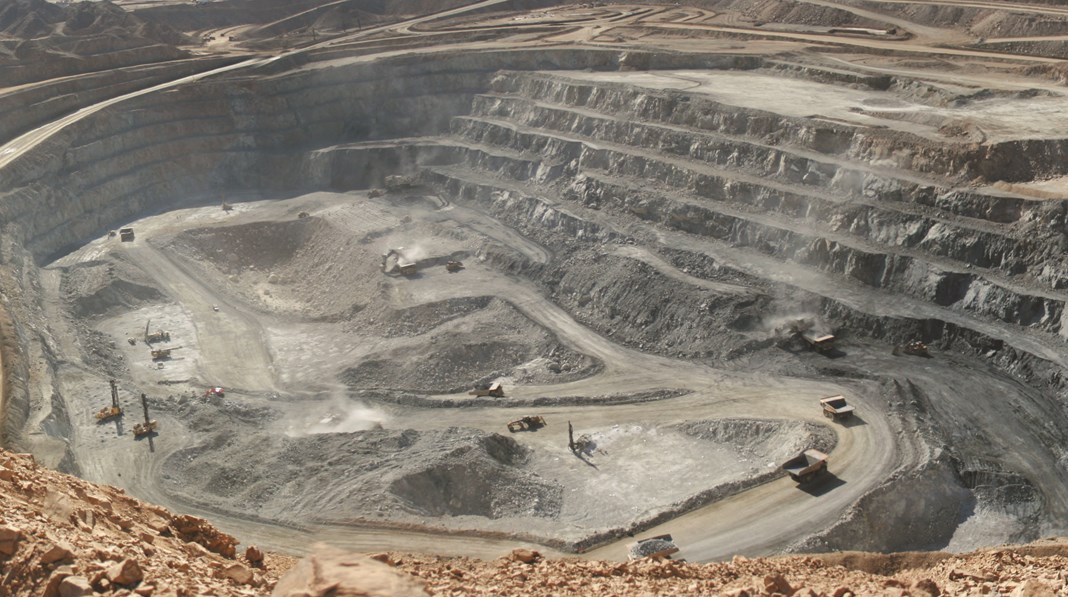
Over the past four years, KPMG firms have successfully emerged as a leading force in mid cap M&A, having built up a significant network of local M&A teams and investment banking professionals, hired from major investment banks around the world. Says Rama Ayman: “I joined KPMG because it has an extensive presence in metals and mining globally across many functional areas, with a strong commitment to build out its M&A advisory capabilities in this sector.”
Rama Ayman is the author of the section entitled M&A and financing: replenishing a diminishing asset base in KPMG’s recently published guide Growth in a time of scarcity, the first in a series that will discuss how mining companies can best navigate the asset life cycle. Over the last 20 years the common thread uniting his work has been mergers and acquisitions in the mining and metals sector, and he shared with us some of his personal insights into the market.
No reader of this article will be in much doubt as to the current state of affairs. “Commodity prices have come down over the past few months – I can’t think of an exception. For a while gold bucked the trend but even that followed the others this year. Costs on the other hand have continued to rise. I am not just talking about labor, energy and equipment costs: compliance to ever more stringent regulations on environmental and social performance and the rise of resource nationalism have not helped. The sector has faced soaring cash costs leading to significantly reduced cashflows and weakened balance sheets. Over the last year, five trends have emerged – trends I can see continuing in 2014.”
The first of these is that the junior mining companies are no longer finding it so easy to get cash to develop their projects. “The squeeze in margins has made the credit markets nervous about the mining sector in general, so credit is not easily available, and that has resulted in a change in ratios the lenders will accept. They want more equity, more potential cash flow, so the ratio of debt to cash flow has come down and the ratio of equity to debt has gone up.” Companies have to show more cash flow generation than before and put in more equity than before, he says, and at the same time the IPO market for mining companies is pretty much closed as investors have become much more cautious about participating in mining sector offerings.
With very few exceptions, junior mining companies are finding it a challenge to fund their projects. Their stock price is on the floor, credit is not available and any share issue has to be heavily discounted. So what can they do? “The only realistic solution most of them have is the M&A market. Basically, bringing in a strategic investor to help them develop their project.”
This, he says, touches on the second trend that he has identified: namely that the ‘usual suspects’ are not in the game as much as they were previously. The large mining groups like Rio Tinto, Barrick, BHP, Vale, Glencore and others are themselves struggling with reduced margins. “They themselves made a lot of acquisitions in the good times, frequently through leverage, and they are having to focus on margins, cost optimization and the like; and on the other hand, to de-leverage they are selling non-core and high cost assets. They have focused on portfolio management and the cost issues and they are not putting management time and resources into making acquisitions.
“The well-tried model whereby a company would obtain a license, and develop it before selling it on to a larger company and so on until it came to the attention of an owner with the resources to take it into production is now in question, I think. I do not see many big mining companies going out and buying junior miners’ assets at a time when the big guys are thinking hard about what could be put into that non-core asset basket and basically making it as large as possible so they can de-leverage even more.”
The third big trend is where we depart from the depressingly familiar. New players are watching this scenario. “They are thinking this could be a good time to buy assets that are so much cheaper than they were before. So there has been a rise in the number of new entrants. These are captive investment funds and private equity funds focused on mining - and the number of those is increasing. On the other hand some of the more traditional large private equity funds are thinking opportunistically this might be a good time to come back to the metals and mining space and start making acquisitions. So I think the private equity investment groups and captive funds are forming an important group of buyers.”
Fourthly, the offtakers are changing their spots, observes Ayman. “The large trading companies from Japan, Korea, China, and Switzerland have developed a strategy over the last few years of going long on assets. Originally they were just traders and gradually they realized that the added value of just trading was diminishing. That trend is still continuing and I see them continuing to buy shareholding in the assets in order to get attractive long term offtake agreements.”
Finally, the very large projects – the kind that are vital to regional GDP – are being approached more cautiously. “Because of the environment we find ourselves in there are a number of very attractive mega projects with capex well above US$1 billion. Previously a big mining company would do it by itself but now the costs are getting too high, the risks more significant. I think that going forward more of them are going to look for joint venture partners and other strategic partners or financial backers to develop the mine.” He expects to see the model that has worked well in the O&G sector becoming more common in mining.
All of these trends are driven by the tightening margins thanks to reduced commodity price and higher costs. However Rama Ayman identifies another factor which has its own impact on M&A plans. That is the evident rise in many jurisdictions of resource nationalism. “Many mining companies in several countries are witnessing backlash from governments and communities who want a greater share of perceived profits. Their demands are becoming louder around four things. One is insisting of tighter environmental standards. Two is that they are requiring adequate CSR. In some cases a big mining project will form 20 or 30 percent of the country’s GDP or exports and they are demanding proportionate levels of social engagement.
“Of course these things come at a cost. Additionally they are demanding a higher level of shareholding in the operation either for the government directly or for local parastatal or private enterprises. And fourthly they are looking to secure more of the downstream value chain but insisting on local beneficiation.”
These demands come at a difficult time for mining companies who are suffering from much lower margins and cash flows. Rama Ayman sees that during the coming one or two years we will see a marked increase in transparency for companies to show exactly how their money is being spent, and how much of their profits are being shared in various ways with the local governments in the form of taxes, royalties, dividends, CSR expenditures and other investments in local infrastructure.
Rama Ayman also believes that there would be a far greater need for multi-stakeholder approach to developing large mining projects – this will require far greater consultations between companies, governments, communities, employees and shareholders.
The short term may be dire, the medium term uncertain, but in the long term Rama Ayman remains bullish about the industry he has been engaged with for so many years. “I think what is happening now is actually good for the mining industry in the longer run! It is having to get more cost efficient and better set the stage around local partnerships and their various stakeholders. Subsequently, they will be more successful in the upcoming cyclical recovery.
The long term supply-demand balance continues to point towards a bullish scenario for most mining commodities. The raw materials for steel, iron ore, coking coal, and manganese are closely linked to construction and construction is at last beginning to recover in the USA and other economies. Copper is linked to infrastructure. China for example wants to be 70 percent urban by 2040. Achieving that goal will require an increase supply of copper!” China, he points out, has a long way to go to reach parity with the west, and then there is India, which may be on slower burn but is showing an upward trend.
Never in one place for long, Rama Ayman is clearly revelling in the access to clients across the world as they grapple simultaneously with falling commodity prices, higher cash costs, lack of easy access to traditional sources of funding and rising resource nationalism. “Developing successful major mining projects in most countries on a timely basis and on budget while adequately addressing the conflicting requirements of their various stakeholders has become much more complex. I think that is where advisers with a local presence in these mining jurisdictions like KPMG can add a tremendous amount of value.”
Words by John O’Hanlon, research by Richard Halfhide
Rama Ayman
Following 12 years investment banking experience including Bankers Trust [later acquired by Deutsche Bank] in New York, Barents Group in Central Asia and BNP Paribas in London where he was Director of Corporate Finance, Rama Ayman joined Arcelor in 2002, becoming Corporate Vice President of M&A, and playing an active role in many acquisitions, divestitures, and JVs including the merger of Arcelor and Mittal in 2006 to create the world’s largest steel company. Over the past six years, Rama has been Managing Director of Hatch Corporate Finance and Senior Advisor to The National Investor, where he led numerous metals and mining M&A advisory mandates across most regions of the world before joining KPMG as Partner and Global Head of Metals and Mining in October 2012.












